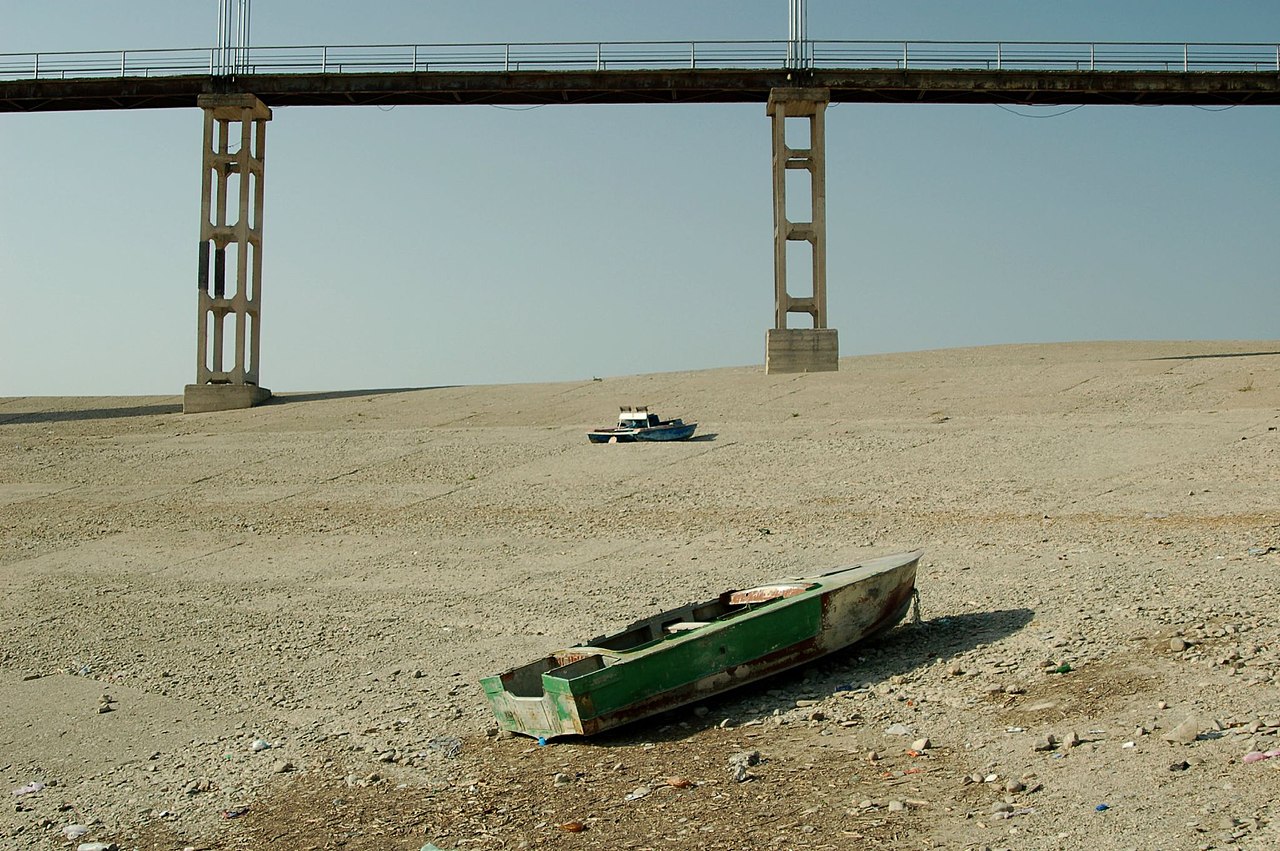
There drought in California has raised questions about how to conserve water. Luckily, the California Pool and Spa Association has the answers:
As residents struggle to cut waste at the tap, the California Pool and Spa Association is lobbying water districts to quash proposed bans on filling pools and spas. The industry cites an in-house study that found that a standard-sized pool, plus decking, uses one-third the amount of water as an irrigated lawn after an initial fill.
“We’re not saying, ‘Solve the drought, put in a pool,’ but the bottom line is people who put in a pool are making a decision to do something more water efficient with their backyard. They’re saving water,” said John Norwood, the California Pool and Spa Association’s president. “Pools are landscaping.”
Even more water efficient would be not watering at all–or putting in drought-resistant plants:
In the end, the water used for pools and lawns is roughly the same, said Peter Gleick, president of the Pacific Institute in Oakland, a nonprofit research institute focused on the environment and sustainability. And letting a lawn die or replanting with desert landscaping uses dramatically less water than a pool, so the comparison misses the point, he said.
A long while back I got an email (I don’t check that account) asking whether there was a name for this argument form (though the example the author gave went like this: gays in the US should not complain because gays elsewhere, like Uganda, have it comparatively worse). I’m inclined to think it a false dichotomy, as it offers an exclusive, but false, disjunction between alternatives p and q, where q is horrible and p is what arguer A wants.
So, adapting the current example: given the drought, you can either water your lawn like a water hog or save water by filling or building a pool.

